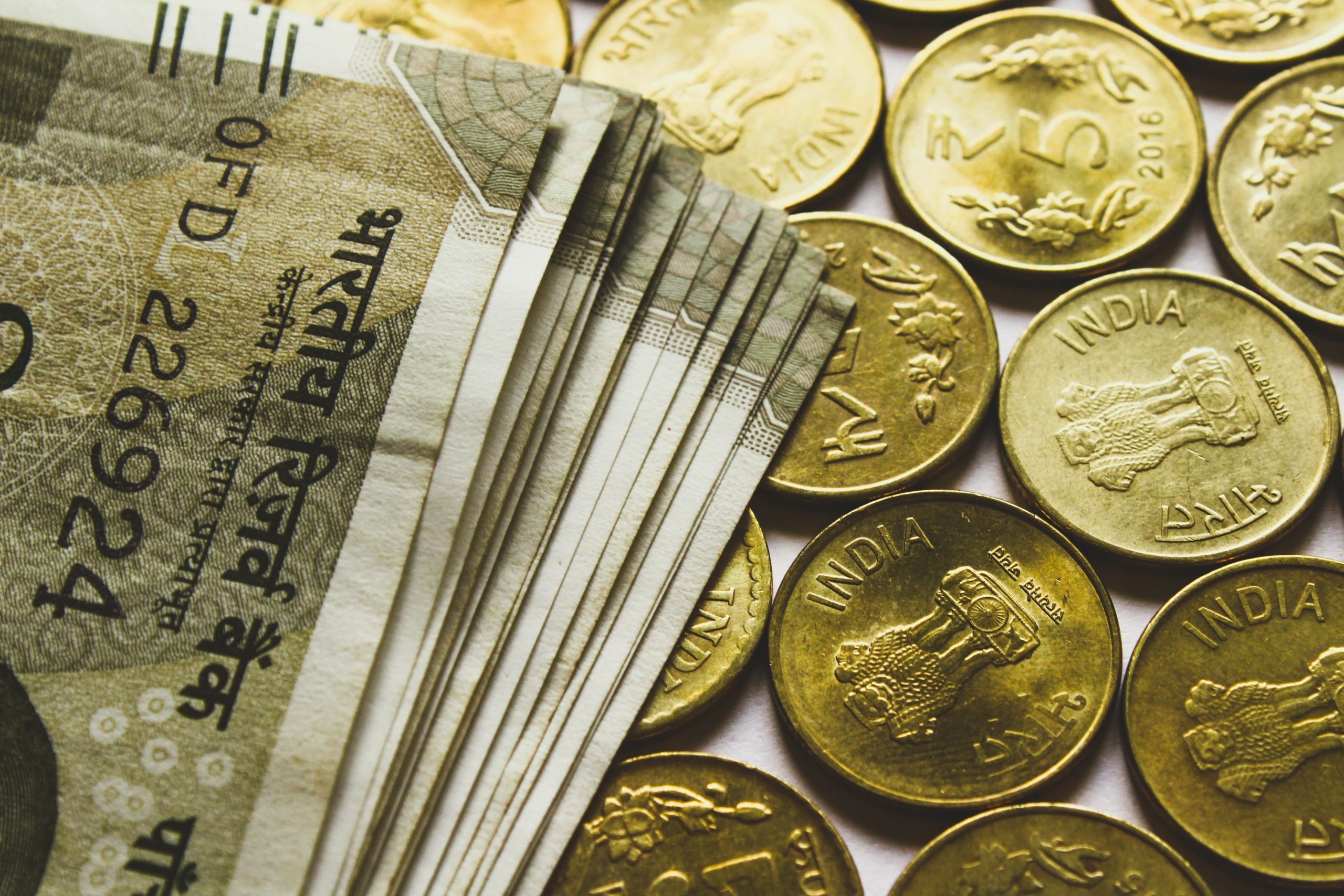Only a buoyant tax system can ease the battle for resources and help minimize Centre-state mistrust.
The First Finance Commission was set up in 1951 to decide how taxes collected by the Union government have to be shared with Indian states. The 15th Finance Commission gave its recommendations to the government in November 2020. Its report was made public in February.
Seventy years have thus passed between these two milestones. Indian fiscal federalism has seen two big trends over these seven decades. First, the number of taxes included in the divisible pool has increased since 1951. Second, states have been allocated a growing share of the taxes collected in the divisible pool. Yet, the battle between the Union government and states for money has only intensified. This is the grand paradox of Indian fiscal federalism. Why is that so?
A bit of history would help. The tax-sharing deal was modest when the First Finance Commission was appointed in 1951. States were assigned half the income tax collected by New Delhi. The First Finance Commission added a 40% share of Union excise duties on three commodities.
Subsequent Finance Commissions increased the share of states in income tax revenue as well as the number of commodities in the list of Union excise duties to be shared. In 2000, as a result of a constitutional amendment, all taxes collected by the Union government were made shareable with states.
The access to a growing number of taxes as well as a greater share in them should have satisfied the states, but that is not so. State governments have had growing fiscal responsibilities. The Union government has not been passive either. It has strategically reacted to successive Finance Commission reports in ways designed to protect its own fiscal space. The result has been a game marked by mistrust. This has recently come to the fore in the five years since the recommendations of the 14th Finance Commission became operational in April 2015.
The 14th Finance Commission recommended a sharp increase in the share of taxes to be devolved to states, to 42%. This was 10 percentage points higher than the devolution formula of the previous panel. However, as Roshan Kishore pointed out in a data story published in the Hindustan Times in September, the actual share of states in the gross revenues of the Union government has been less that 35% in the past five years. The main reason is well known. Cesses and surcharges do not have to be shared with the states, and the Union government has thus come to depend more on these than on taxes to collect additional revenues in recent years. The share of cesses in gross central tax revenues has nearly doubled from 10.4% in 2011-12 to 19.9% in 2021-22 (though this includes the goods and services tax compensation cess that is paid to states, so the effective share is lower than the accounting one).
The past five years show how the Union government has used cesses and surcharges to slip past the devolution envisaged by the 14th Finance Commission.
There is an older example that led to a very different type of outcome. The Seventh Finance Commission had also made a radical recommendation in the late 1970s. In one stroke, it doubled the share of states in Union excise duty collections, from 20% to 40%. This was because excise duty was a more buoyant source of revenue than income tax at the time. Economist Ashok Desai has argued that the sharp increase in the share of states “brought about a sudden deterioration in the Centre’s fiscal balance” after 1980.
The upshot: The Union government and Indian states have been playing an intricate game to protect their respective fiscal resources. The reason they have to do this is that the country’s tax pie has not been increasing as a proportion of gross domestic product (GDP). India’s tax-to-GDP ratio has been stagnant for many years now.
The 15th Finance Commission has nailed the problem in its recent report: “The tax revenue of the Union and states in India stood at about 17% of GDP in 2017-18 and has remained broadly constant since the early 1990s, but is now coming under pressure during the covid-19 crisis. At the same time, cesses and surcharges earmarked by the Union government have grown over time, amounting to about 15% of its gross revenues, reducing the proportion of Union revenues eligible for transfers to states from the divisible pool. Given international trends, there is a compelling case for increasing India’s tax ratio from both macroeconomic and redistributive purposes, especially at the sub-national level.”
The country’s inability to increase its share of taxes as a proportion of GDP over the past three decades means that Indian fiscal federalism has been reduced to a zero-sum game. One player gains only at the expense of another when it comes to sharing the pie. The 15th Finance Commission has thus recommended a slew of fiscal reforms to increase the tax-to-GDP ratio, especially through an overhaul of the goods and services tax.
Only a buoyant tax system can ease the battle for resources in our federal system, and hopefully minimize the mistrust that has grown in recent years between the Centre and states.
This article was originally published in Livemint on 23 March 2021.
Read more: Does Electronic Media Need a Regulator?
Post Disclaimer
The opinions expressed in this essay are those of the authors. They do not purport to reflect the opinions or views of CCS.






